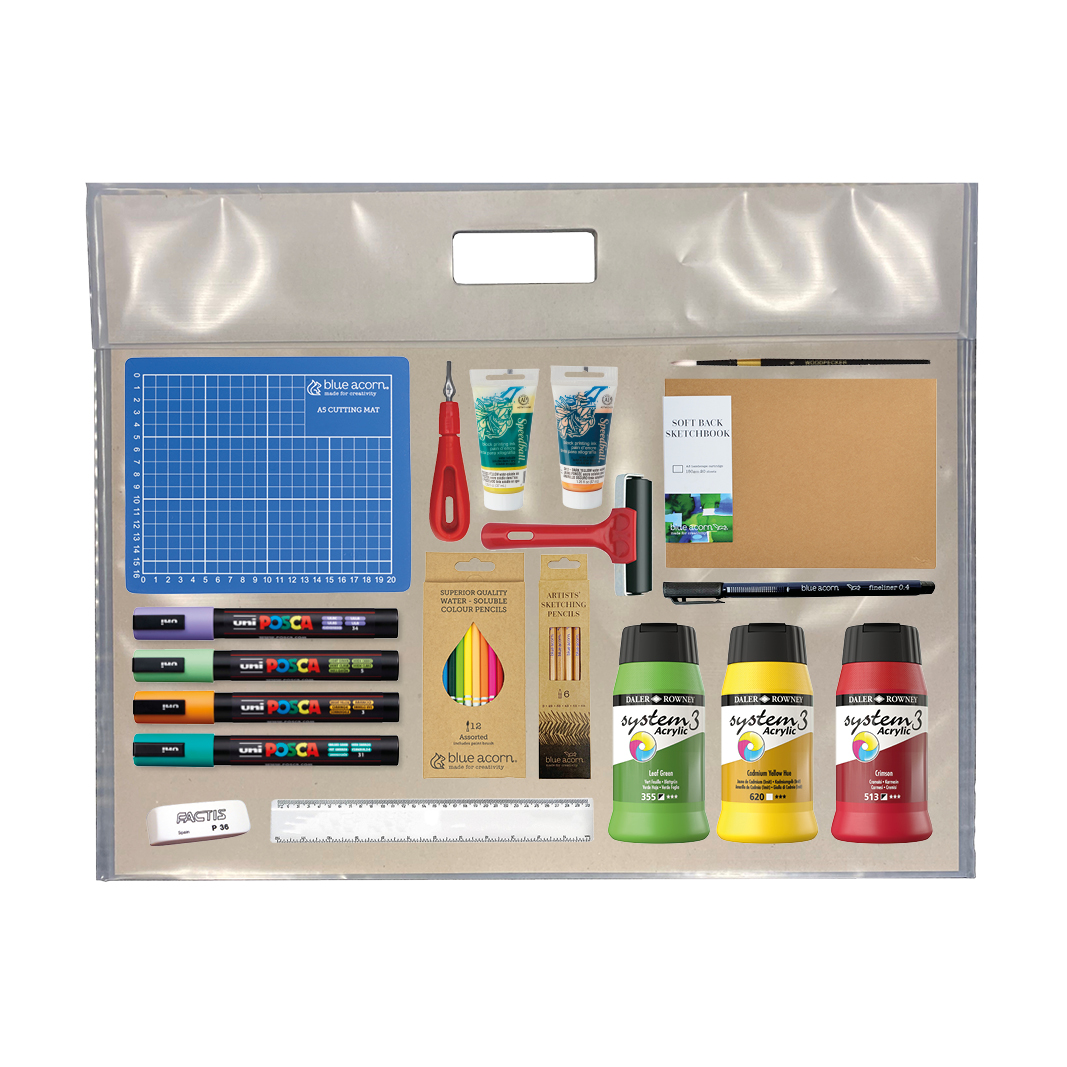Oil Painting Techniques in Education

Unleashing Creativity and Artistic Expression
Oil painting techniques in education have gained significant momentum, providing students with a unique opportunity to explore their creativity, develop critical thinking skills, and foster a deeper appreciation for the arts. This blog post explores the benefits and techniques of oil painting in education, highlighting its significant impact on students' personal growth.
Expressive Outlet:
Discover how oil painting serves as a creative outlet for students, allowing them to communicate their thoughts, emotions, and ideas through vibrant colours and textured effects.
Cultivating Observation Skills:
Learn how oil painting enhances students' observation skills, training them to closely study and replicate subjects while developing visual perception abilities.
Enhancing Problem-Solving Abilities:
Explore how oil painting fosters critical thinking and problem-solving skills as students overcome challenges related to colour mixing, brushwork techniques, and composition.
Patience and Perseverance:
Understand how the slow-drying nature of oil paints teaches students patience and resilience, encouraging a growth mindset and embracing mistakes as part of the creative process.
Historical and Cultural Appreciation:
Discover how oil painting in education provides a platform for students to explore the rich history and cultural significance of this art form, gaining a broader perspective on art and society.
Techniques for Oil Painting in Education:
Colour Mixing: Learn the basics of colour theory and how to mix different colours using a limited palette to create harmonious compositions.
Brushwork: Explore various brushstroke techniques, such as stippling, glazing, scumbling, and impasto, to add texture and depth to artworks.
Composition: Understand the principles of composition, including the rule of thirds, focal points, balance, and negative space, to create visually engaging paintings.
Layering: Discover the importance of layering in oil painting, allowing for corrections, adjustments, and the creation of tonal variations for high-quality artwork.
Conclusion:
Discover the myriad of benefits that oil painting techniques bring to education, empowering students to express themselves, cultivate observation skills, enhance problem-solving abilities, develop patience and perseverance, and gain a deeper appreciation for the historical and cultural aspects of art. Implementing oil painting in educational curricula unlocks a world of creativity and artistic expression for students, nurturing their personal growth and fostering a lifelong love for the arts.








